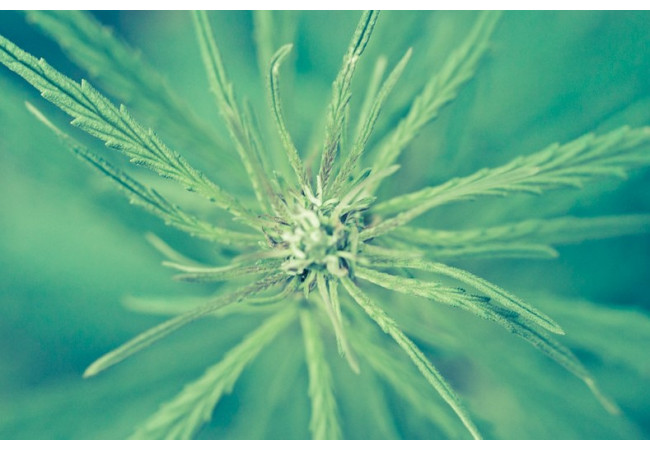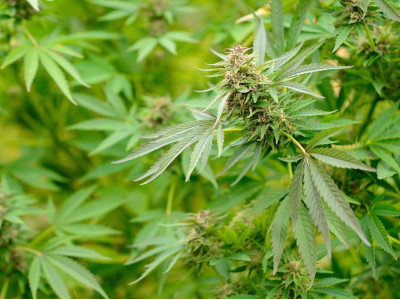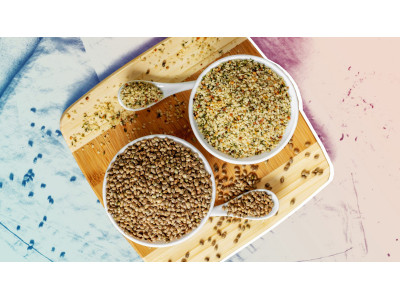
The name 'ruderalis' comes from the word 'ruderal', a term given to wild plant species that are the first to colonize land that has been disturbed by natural forces or human activity. Ruderal cannabis species usually grow along roadsides or in unmanaged areas along with other weeds.
Origin of Ruderalis
Ruderalis is described as a third type of cannabis, as botanists are currently unsure whether it can be considered a species in its own right. It is an uncultivated variety native to Central Europe and Central Asia and is well adapted to the harsher conditions of these areas.
Ruderalis strains are most likely descended from Indica strains, which in turn are likely descended from Sativa.
The differences between these three types are in their ways of growing and reproducing. Even before our era, cannabis managed to spread further and further north of the equator. Different types have evolved to survive in new climates. Human intervention and agriculture have also had a significant impact on indica and sativa gene pools, but much less on wild ruderalis.
The smallest kind of cannabis
A typical Ruderalis plant is very low, often 30 to 80 cm when fully grown. It has only a few branches and broad leaves with thick lobes, similar to indica leaves. Once flowering begins, ruderalis will gain even less height than all other cannabis strains. Therefore, it is sometimes called dwarf cannabis.
Ruderalis autoflowering ability
Almost all plants are guided by seasonal climate changes, and especially by the number of hours of daylight. The ability to start flowering based on changes in the plant rather than the environment is known as "autoflowering". This is the most remarkable characteristic of the Ruderalis strain.
Rapid Growth Cycle
Ruderalis is able to complete its life cycle - from seed to harvest - in just 10 weeks (usually 12 to 14 weeks). Its seeds separate easily and can survive more than one season in frozen ground until conditions are favorable enough for growth. Cannabis seeds can survive damaged shells when people or animals walk on them. For some strains of Ruderalis, this phenomenon may even promote seed germination.
Properties and uses of hemp ruderalis
Wild strains are almost always low in THC, but relatively high in CBD (known as cannabinoids). Whereas pure varieties of Ruderalis are of little value in terms of fiber or recreational use.
The strain is unique in its strong hardiness, auto-flowering ability, and extremely fast maturation time. Such data is of great interest to cannabis breeders. Hybrids derived from a combination of indica and ruderalis strains are currently among the earliest plants available for outdoor cultivation.
Ruderalis hybrids are also useful in medical applications where the therapeutic benefits of CBD are preferred without the accompanying intoxicating effects of high THC strains.
Redularis is used to produce CBD oil. Such a product can reduce epileptic seizures, reduce headaches, migraines, improve memory, relieve anxiety and relieve depression.
Most often, ruderalis hemp seeds are used in the food industry. They are rich in vegetable protein and fatty acids, which strengthen the immune system.




